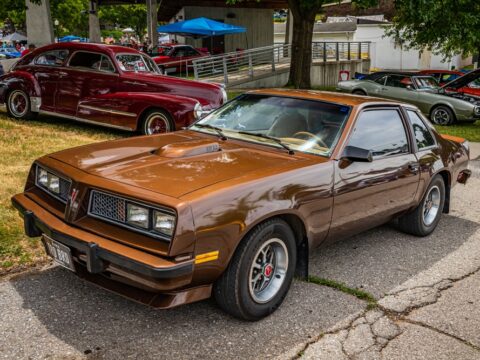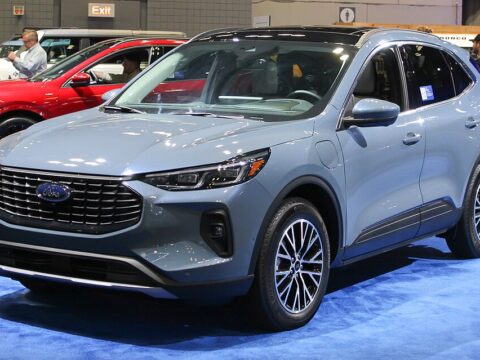When shopping for a used car, reliability is key. While Honda is known for producing dependable vehicles, some models have proven to be less reliable over time. In this guide, we’ll highlight the used Honda models you should steer clear of at all costs, detailing the issues that have plagued these particular vehicles.
Contents
2012-2016 Honda CR-V
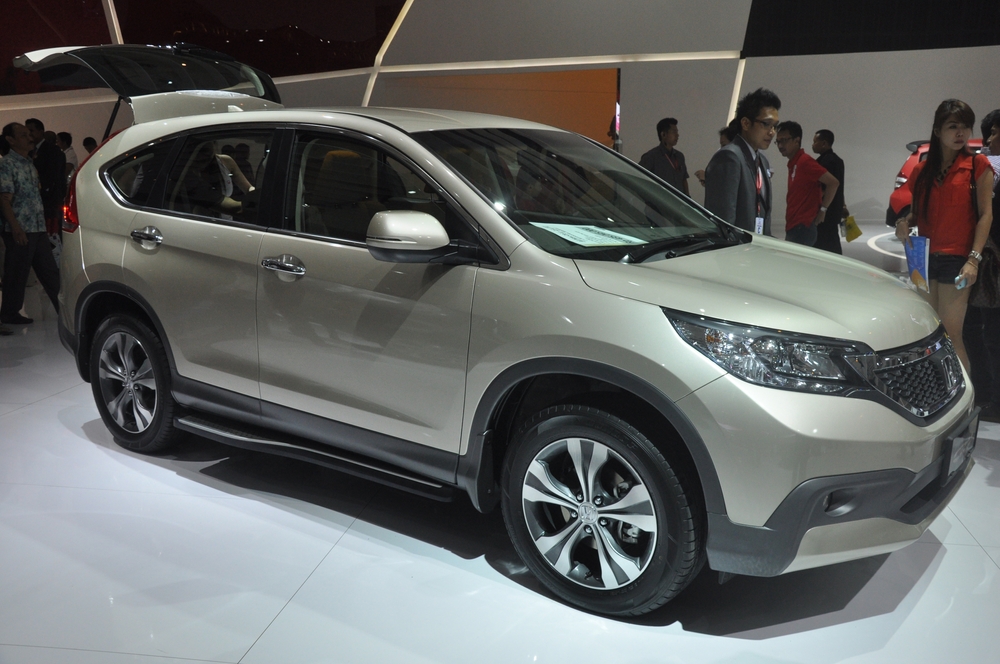
The 2012-2016 Honda CR-V models have been plagued by a series of engine-related issues, most notably excessive oil consumption. Owners frequently reported having to add oil between changes, which is both inconvenient and a sign of potential internal engine damage. The engines in these models also tended to vibrate excessively, causing discomfort and concern for long-term reliability. Furthermore, the continuous variable transmission (CVT) issues led to a jerky driving experience, which detracted from the smooth ride that Honda CR-Vs were previously known for. The infotainment systems in these models were another sore point, often requiring software updates to fix persistent glitches and connectivity problems. These combined issues made the 2012-2016 Honda CR-V models less reliable compared to their predecessors and successors.
2014-2015 Honda Odyssey
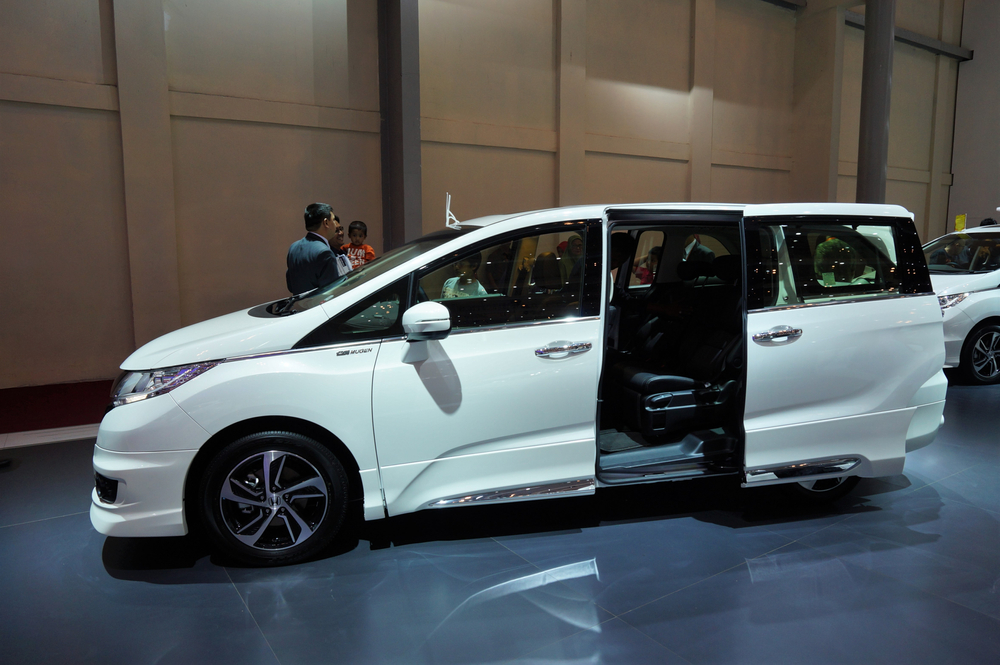
The 2014-2015 Honda Odyssey minivans are often criticized for their transmission failures and power steering issues. Many owners experienced rough shifting and, in some cases, complete transmission breakdowns, necessitating expensive repairs or replacements. Additionally, the power steering systems in these models were prone to leaks and malfunctions, making steering more difficult and increasing the risk of accidents. These problems were compounded by electrical issues, such as malfunctioning sliding doors and problematic infotainment systems. The combination of these reliability issues made the 2014-2015 Honda Odyssey a less dependable choice for families seeking a reliable minivan.
2006 Honda Civic Hybrid
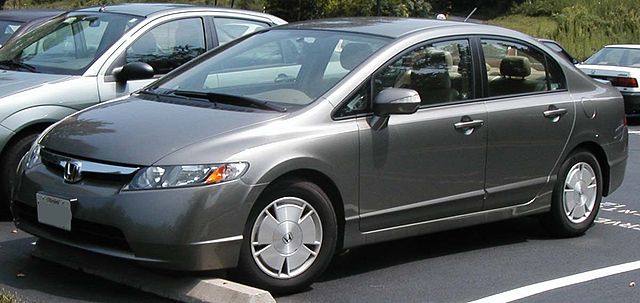
The 2006 Honda Civic Hybrid stands out for its unreliable battery pack and integrated motor assist (IMA) system. Owners frequently reported that the hybrid battery failed prematurely, leading to reduced fuel efficiency and increased emissions. Replacing the battery was often costly, negating the economic benefits of owning a hybrid vehicle. The IMA system, which was supposed to enhance fuel economy, often underperformed and required frequent repairs. Additionally, the overall build quality of the 2006 Civic Hybrid was inferior to other models, with issues like peeling paint and interior wear adding to the dissatisfaction. These persistent problems made the 2006 Honda Civic Hybrid a less attractive option for environmentally conscious buyers.
2010-2013 Honda Insight

The 2010-2013 Honda Insight models struggled with poor battery life and an underperforming hybrid system. Many drivers found that the hybrid battery needed replacement far sooner than expected, which was a significant expense. The hybrid system itself often failed to deliver the promised fuel efficiency, leading to disappointment among owners. In addition to these performance issues, the interior quality of the Insight was lacking, with cheap materials and uncomfortable seating making long drives unpleasant. The vehicle’s ride quality was also subpar, with many owners reporting a rough and noisy driving experience. These factors combined to give the 2010-2013 Honda Insight a reputation for being one of the less reliable hybrids on the market.
Honda Crosstour
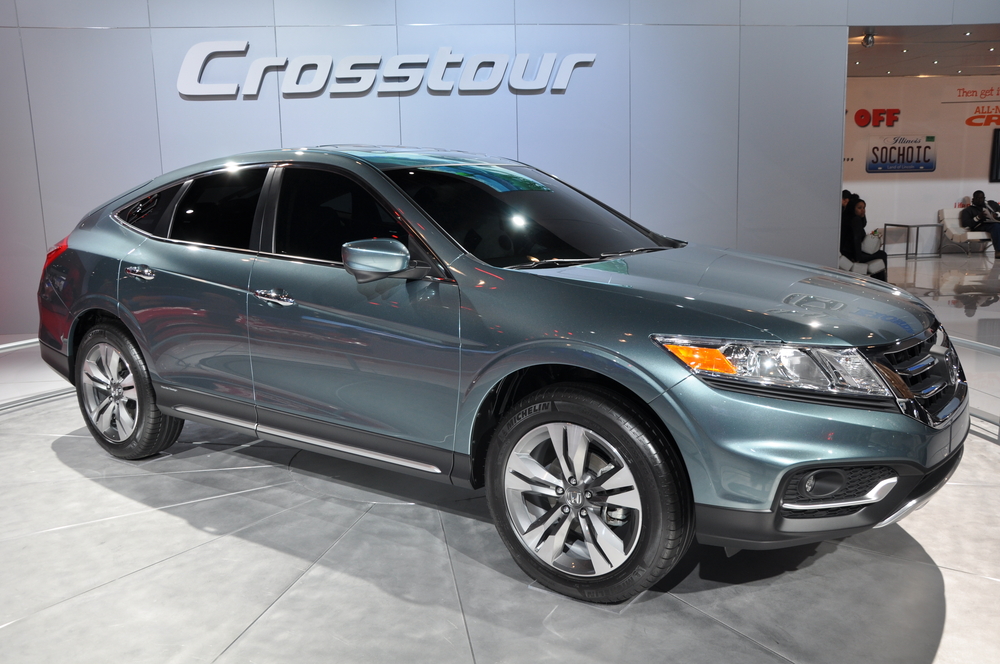
The Honda Crosstour, despite its unique design, faced significant mechanical issues that overshadowed its aesthetic appeal. Owners reported frequent problems with the vehicle’s suspension and drivetrain, leading to costly repairs and a rough driving experience. The Crosstour’s poor visibility, particularly from the rear, also posed serious safety concerns, making it difficult for drivers to navigate tight spaces and avoid obstacles. Additionally, the vehicle’s fuel economy was disappointing for its class, further detracting from its appeal. The combination of these issues made the Honda Crosstour a less reliable and less practical choice for used car buyers.
2003-2008 Honda Pilot
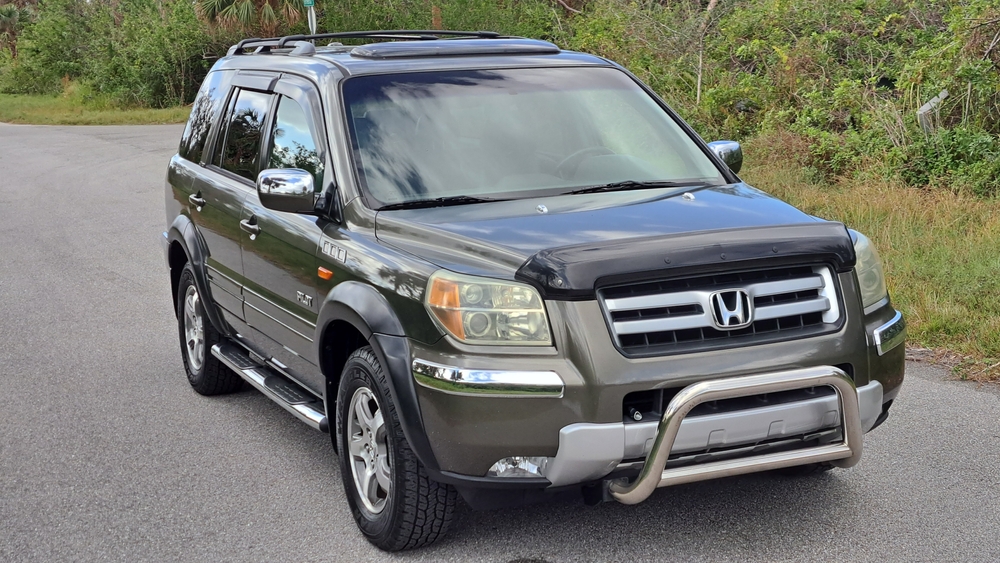
The 2003-2008 Honda Pilot models are known for their problematic transmission and engine issues. Many owners reported transmission failures, often requiring complete replacements, which were both costly and inconvenient. The engines in these models were prone to excessive oil consumption and premature wear, leading to frequent maintenance and repair needs. These reliability issues were compounded by problems with the vehicle’s suspension and steering systems, which detracted from the driving experience. Additionally, the interior quality of these Pilots was often criticized for its lack of durability, with many owners reporting worn-out seats and broken interior components. These combined issues significantly affected the model’s reputation for reliability and durability.
2006-2011 Honda Civic
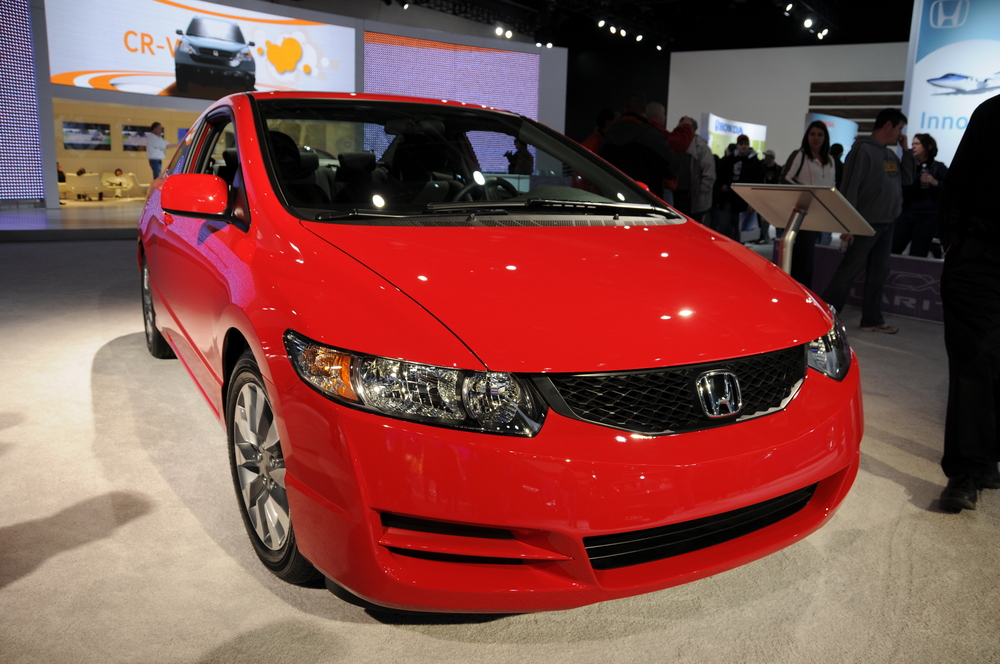
The 2006-2011 Honda Civic models are often criticized for their premature engine block cracking and transmission failures. The engine blocks in these models were prone to cracking due to design flaws, causing coolant leaks and engine overheating. This issue often resulted in costly repairs and significant downtime for the vehicle. Transmission problems, including rough shifting and slipping, were also common, leading to expensive repairs and reduced vehicle reliability. Additionally, the build quality of these Civics was often subpar, with issues like peeling paint and interior wear adding to owner dissatisfaction. These persistent problems made the 2006-2011 Honda Civic models less dependable compared to other vehicles in their class.
Honda CR-Z
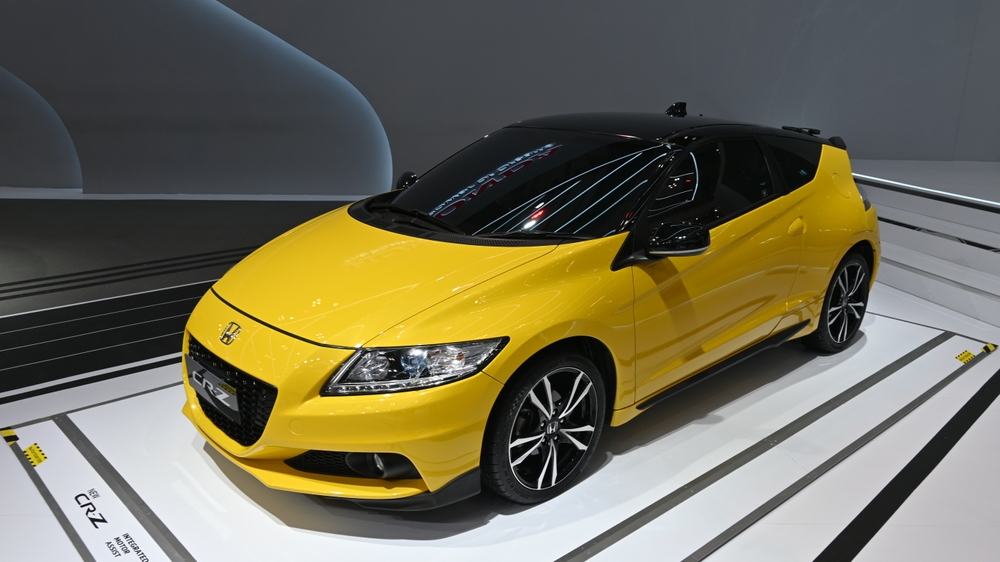
The Honda CR-Z, despite its sporty design and hybrid technology, faced significant reliability issues with its hybrid powertrain and battery system. Owners frequently reported battery failures and reduced fuel efficiency over time, which negated the vehicle’s intended environmental benefits. The hybrid system’s complexity also led to high repair costs and frequent maintenance needs. Additionally, the CR-Z’s interior quality was often criticized for its use of cheap materials and uncomfortable seating. These reliability issues, combined with the vehicle’s limited practicality and storage space, made the Honda CR-Z a less appealing option for used car buyers.
2013 Honda Accord
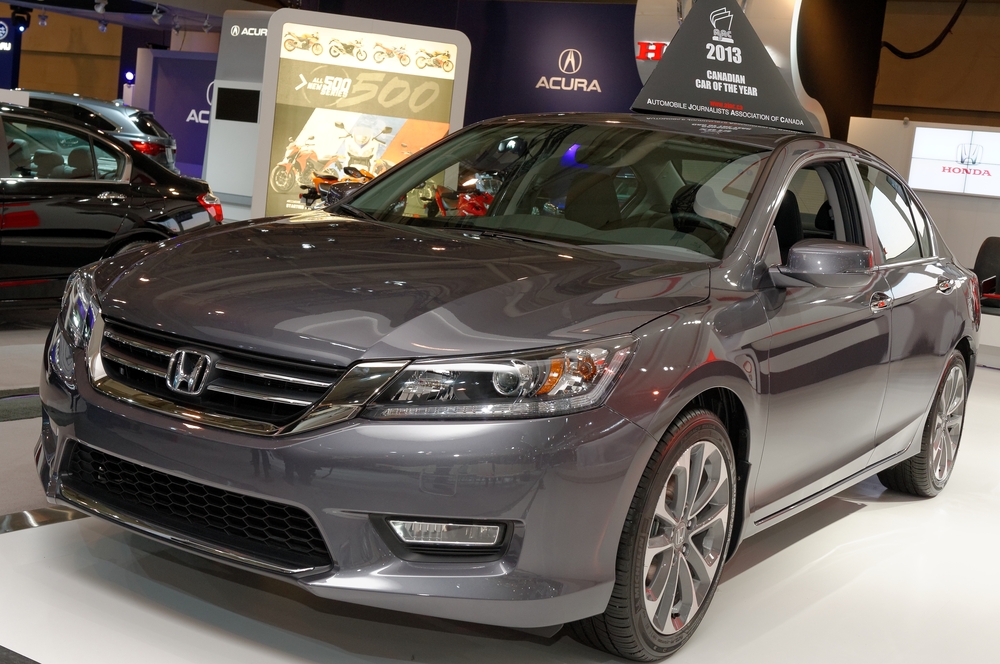
The 2013 Honda Accord faced numerous complaints about its continuously variable transmission (CVT) and electrical system. Many owners experienced transmission failures, including jerky shifting and transmission slipping, which led to costly repairs and reduced driving comfort. The electrical issues in these models were also a significant concern, with problems like malfunctioning infotainment systems, faulty sensors, and unreliable electronic components causing frustration among owners. These reliability problems overshadowed the Accord’s otherwise strong reputation for quality and performance, making the 2013 model a less desirable option for used car buyers.
2014-2016 Honda Fit
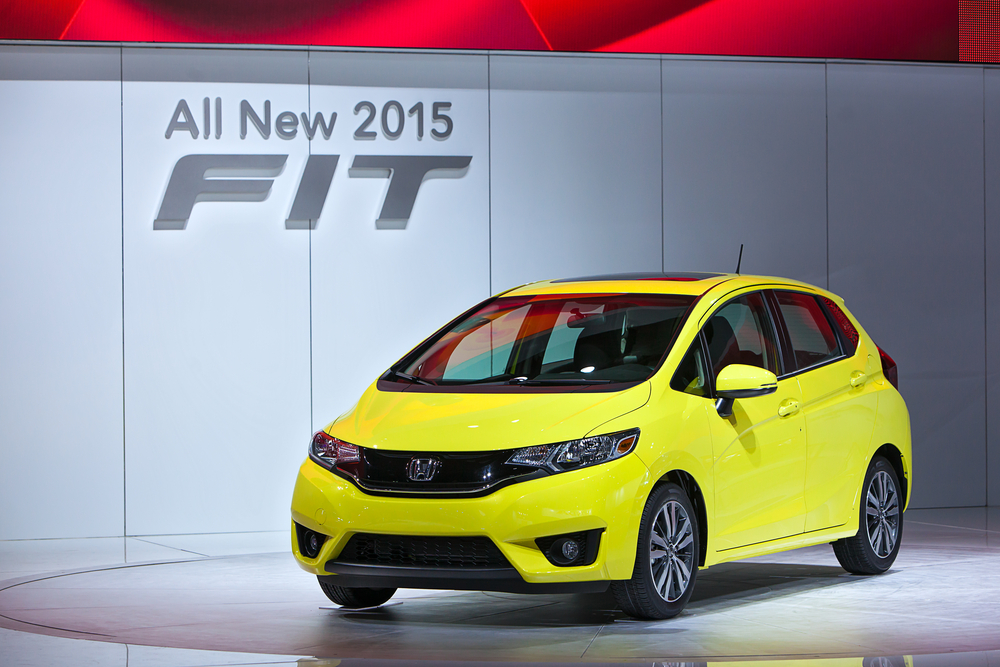
The 2014-2016 Honda Fit models were known for their unreliable transmission and engine problems. Owners reported issues with the CVT, including rough shifting and transmission failure, which led to costly repairs and frequent visits to the mechanic. Engine problems, such as excessive oil consumption and stalling, were also common, further detracting from the vehicle’s overall reliability. These issues were compounded by a lack of refinement in the interior, with cheap materials and uncomfortable seating making long drives less enjoyable. The combination of these problems made the 2014-2016 Honda Fit a less dependable choice for used car buyers.
This article originally appeared on MyCarMakesNoise.
More from MyCarMakesNoise
20 Rare Classic Motorcycles You’ll Never Encounter
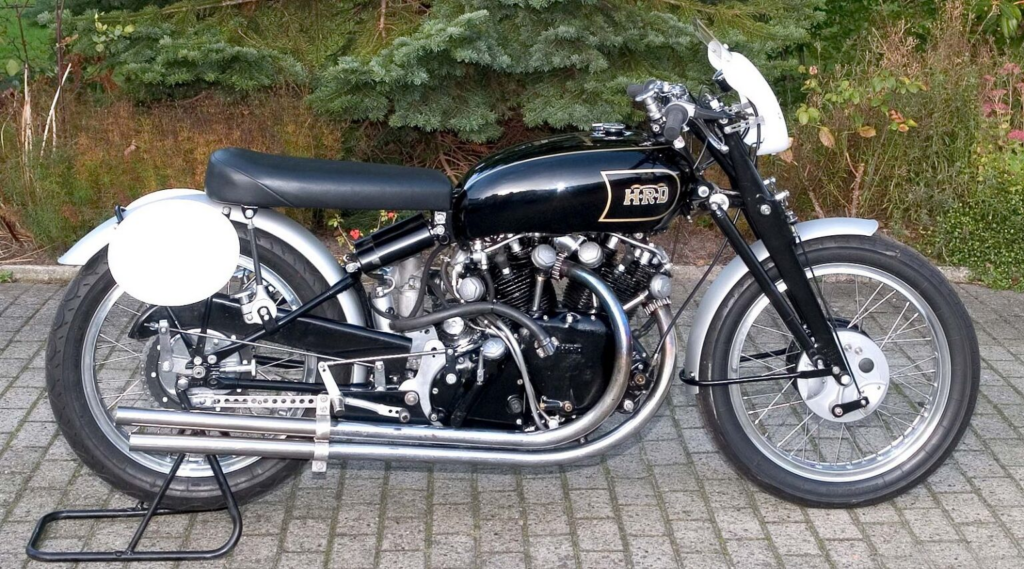
Some rare classic motorcycles are so elusive that encountering them in person is nearly impossible. These bikes often had limited production runs, making them incredibly scarce. Read More
20 Mistakes That Reduce Fuel Efficiency in Cars

Several common mistakes can significantly reduce your car’s fuel efficiency. Driving aggressively with rapid acceleration and hard braking consumes more fuel. Read More
20 High-Performance European Sedans That Outshine Sports Cars

Think sports cars are the only vehicles capable of delivering jaw-dropping speed and performance? Think again. European automakers have been crafting sedans that not only offer luxury and comfort but also pack a serious punch under the hood. Read More


